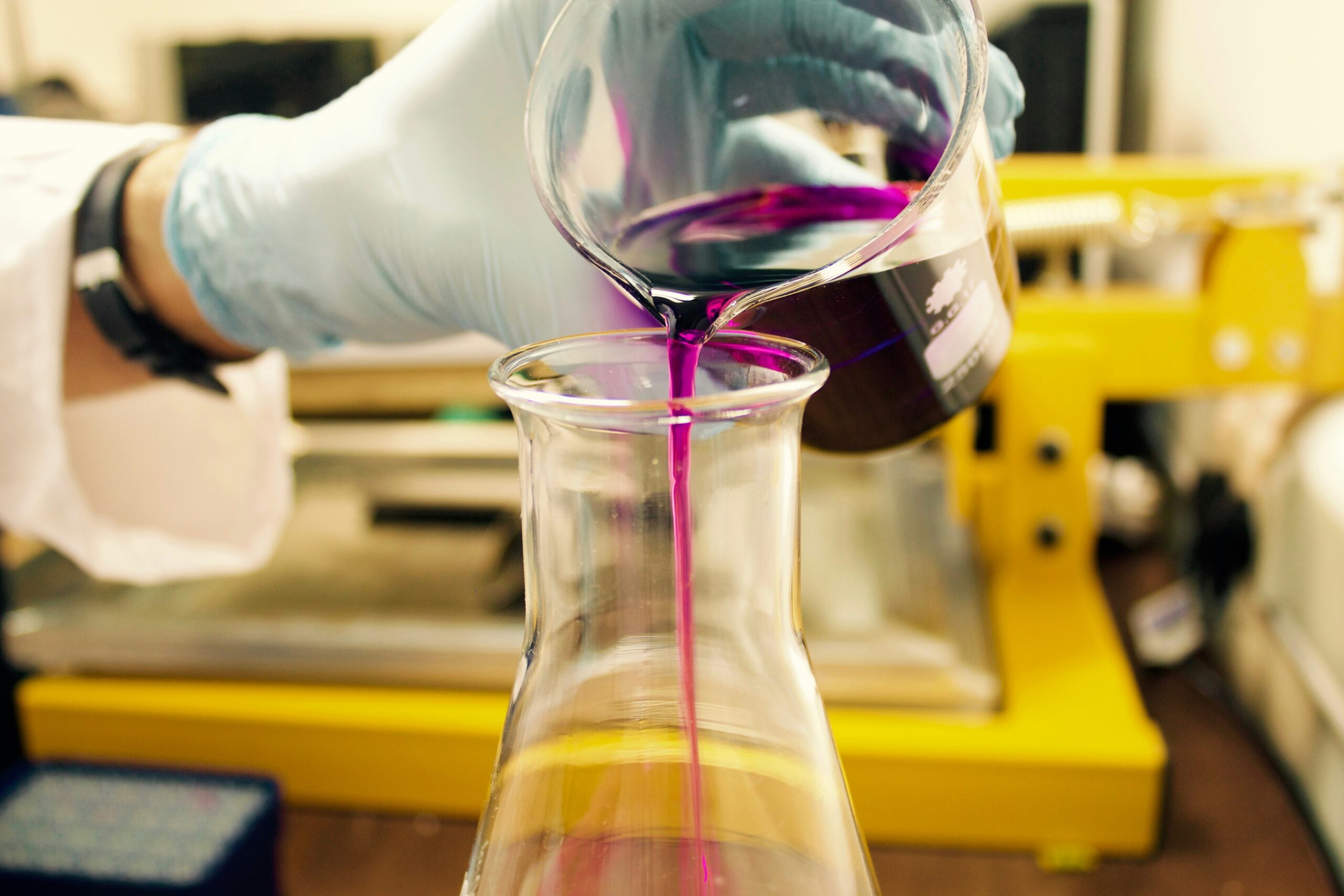Have Questions?
Ask the Scientist.
Have Questions?
Ask the Scientist.
Meet our experts
Explore by the thematic paths of the European City of Science
We are the Academic Consortium
The consortium of institutions responsible for the efforts towards the awarding of the European City of Science 2024 title to Katowice is formed by:
Katowice for a change
↳
The Karol Szymanowski Academy of Music in Katowice
↳
Academy of Fine Arts and Design in Katowice
↳
Academy of Physical Education in Katowice
↳
Silesian University of Technology
↳
Medical University of Silesia in Katowice
↳
University of Economics in Katowice
↳
University of Silesia in Katowice
↳
Learn more about the Academic Consortium
↳
Life & Science have an answer to everything.
Just Ask.
Life & Science have an answer to everything.
Just Ask.






